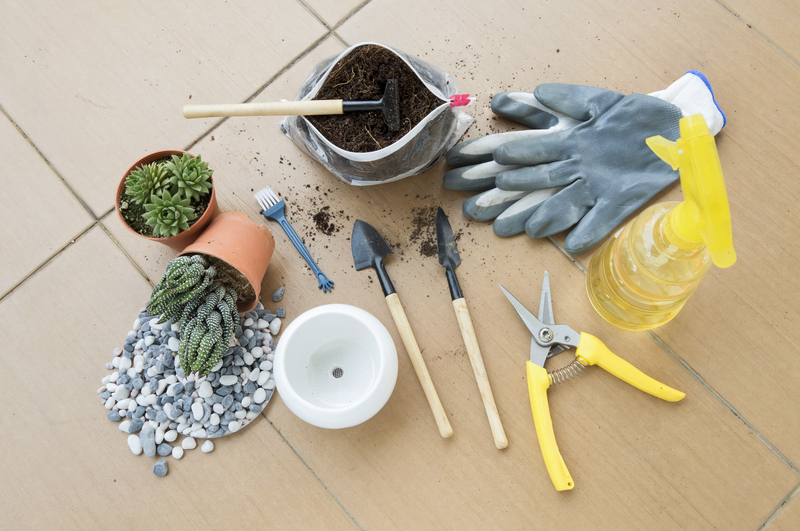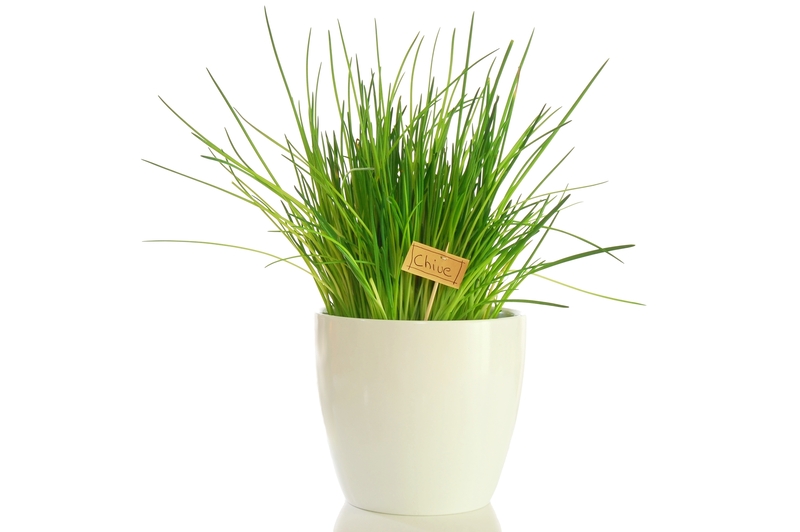Winter Garden Activities
Posted on 22/02/2025
Winter can be a challenging time for garden enthusiasts. As temperatures plummet and daylight hours dwindle, many might think their gardening duties are put on hold until spring. However, winter offers ample opportunities to cultivate, maintain, and plan ahead for a vibrant garden come warmer days. This article explores various winter garden activities to keep your green thumb active and your garden thriving even in the coldest months.
Preparing Your Garden for Winter
Preparing your garden for winter ensures that it can withstand harsh conditions. Begin by clearing out any dead or decaying plants. This helps prevent the spread of disease and pests. Additionally, mulching your garden beds provides insulation for plant roots and helps retain moisture in the soil. Organic mulches like straw, leaves, or wood chips are ideal because they break down and enrich the soil over time.
Don't forget to water your plants well before the ground freezes, particularly evergreens. Plants can desiccate over winter if they lack sufficient moisture. Wrapping young trees with burlap or using tree guards can protect them from winter wind and animal damage.

Winter Planting
Contrary to popular belief, winter is not devoid of planting opportunities. Certain hardy vegetables, such as kale, Brussels sprouts, and collard greens, can be sown in late fall for a winter harvest. Perennials like garlic and onions also benefit from a fall planting.
Consider using cold frames, hoop houses, or row covers to extend the growing season. These structures provide a micro-climate, keeping plants warm and protected from frost. Additionally, winter is an excellent time for planting bare-root trees, shrubs, and roses. Since they're dormant, they experience less transplant shock and can establish roots before spring growth begins.
Winter Garden Maintenance
Winter garden activities are not limited to planting and covering. Regular maintenance tasks ensure that your garden stays healthy and ready for the coming season. One crucial task is pruning. Trees and shrubs are easier to prune in winter when their branches are bare, allowing for better visibility of the plant's structure. Always use clean, sharp tools to make precise cuts and remove any damaged or diseased branches.
Check for any signs of pests. Although many insects are dormant in winter, some can still pose a threat. Inspect the bark of trees and shrubs for any abnormalities. Using dormant oil sprays can help control overwintering pests like aphids, scales, and mites.
Soil Health and Composting
Winter is an excellent time to focus on soil health. Test your soil to determine its pH and nutrient levels. Amending soil with organic matter such as compost, aged manure, or leaf mold enhances its structure and fertility. Winter composting is feasible, though it requires some adjustments. Position your compost pile in a sunny spot to maximize heat retention and continue adding kitchen scraps and garden waste. Turning the pile regularly ensures proper aeration.
Mulch your compost heap to retain warmth and use a tarp to protect it from excessive moisture. Even though decomposition slows in cold temperatures, it continues beneath the surface, and your compost will be ready to use by spring.
Indoor Gardening Projects
When outdoor gardening activities are limited, working indoors can be equally rewarding. Indoor herb gardens are a fantastic way to enjoy fresh herbs year-round. Plants like basil, chives, mint, and parsley thrive on sunny windowsills. For a decorative touch, grow an assortment of succulents or orchids which require minimal care and brighten up any home space.
Window boxes and hanging pots can house an array of greens and flowers, adding life and color to your home. Another exciting project is forcing bulbs indoors. Bulbs like paperwhites, amaryllis, and hyacinths can be encouraged to bloom in winter by simulating the conditions they would experience in their natural outdoor cycle, providing fragrant flowers throughout the season.
Planning for Spring
Winter is an ideal time to plan your spring garden. Take inventory of seeds, tools, and supplies you'll need. Peruse seed catalogs and garden books for inspiration, and sketch out a layout for your garden beds. Consider crop rotation to improve soil health and reduce pest and disease cycles. Winter is also a great time to start seeds indoors. Using grow lights and seed-starting trays, you can get a jump-start on spring planting.
Making a to-do list and setting gardening goals helps keep you organized and ready for the upcoming growing season. Evaluate the successes and failures of your past gardening year, and adjust your plans accordingly.
Crafting and DIY Projects
Winter garden activities can also extend to crafting and DIY projects. Create bird feeders from materials like pine cones, peanut butter, and birdseed to attract and support wildlife. Building or refurbishing garden furniture, trellises, or raised beds during the off-season can also be incredibly satisfying.
Recycled garden art and hand-crafted decorations add a personal touch to your landscape. Mason jar lanterns, painted rocks, and upcycled containers are just a few examples of projects that can enhance your garden's aesthetic appeal.

Engaging with the Gardening Community
Winter is perfect for connecting with the gardening community. Join gardening clubs, participate in online forums, or attend workshops and webinars. Sharing experiences and knowledge with fellow gardeners can lead to new ideas and deeper understanding of gardening practices. Community engagement often presents the opportunity to exchange seeds, plants, and tips, enriching your gardening experience.
Final Thoughts
Winter garden activities offer a chance to prepare, maintain, and experiment, ensuring that your green space remains vibrant and healthy year-round. From mulching and pruning to indoor gardening and crafting, there is an abundance of tasks to keep any gardener busy during the colder months. Embracing these activities not only sustains your garden through winter but also cultivates a sense of continual growth and enjoyment.
By engaging in these practices, you'll find that winter can be one of the most productive and fulfilling times for gardening. So, wrap up warmly, grab your gardening tools, and make the most of this season with the myriad of winter garden activities available to you.




